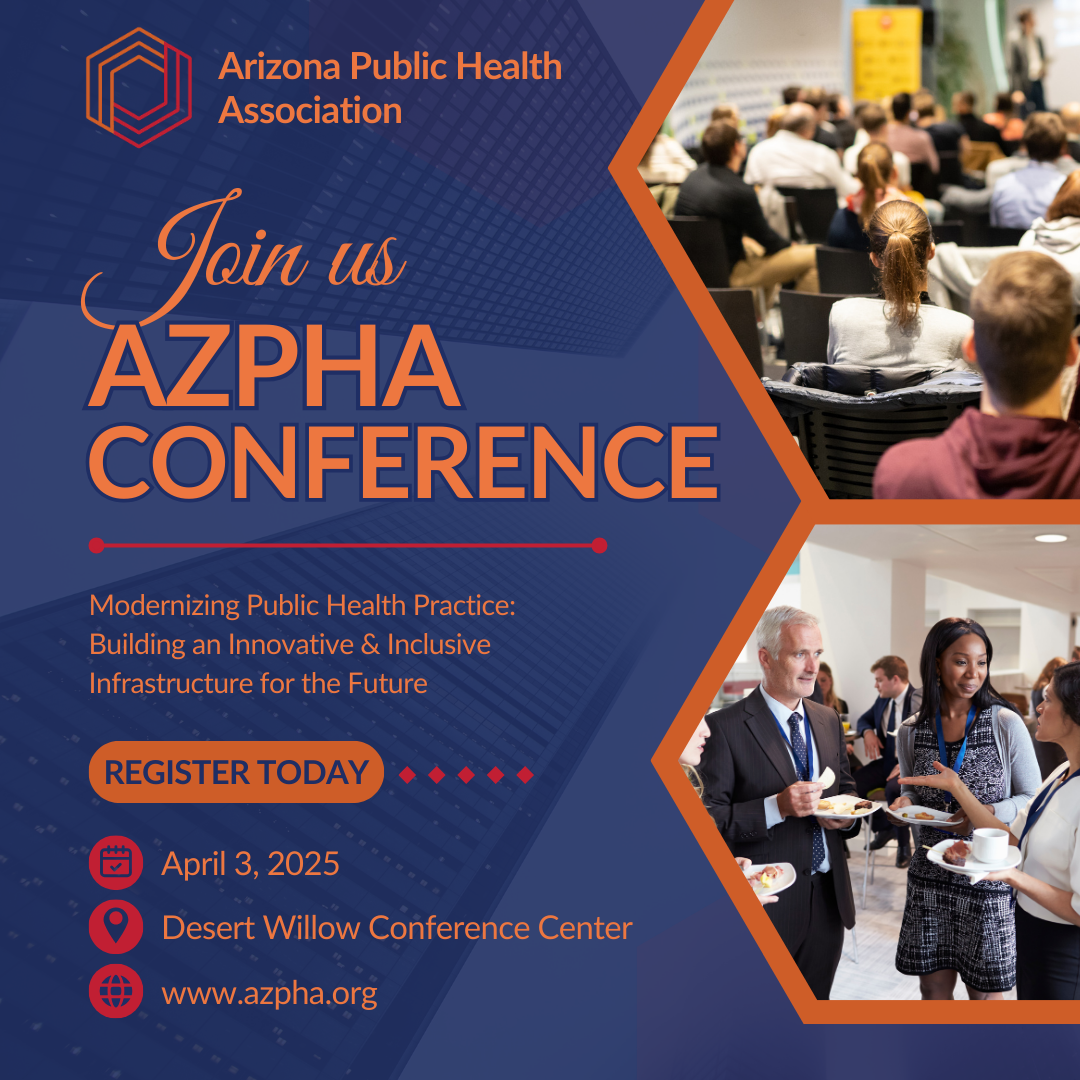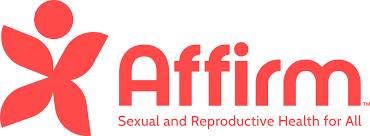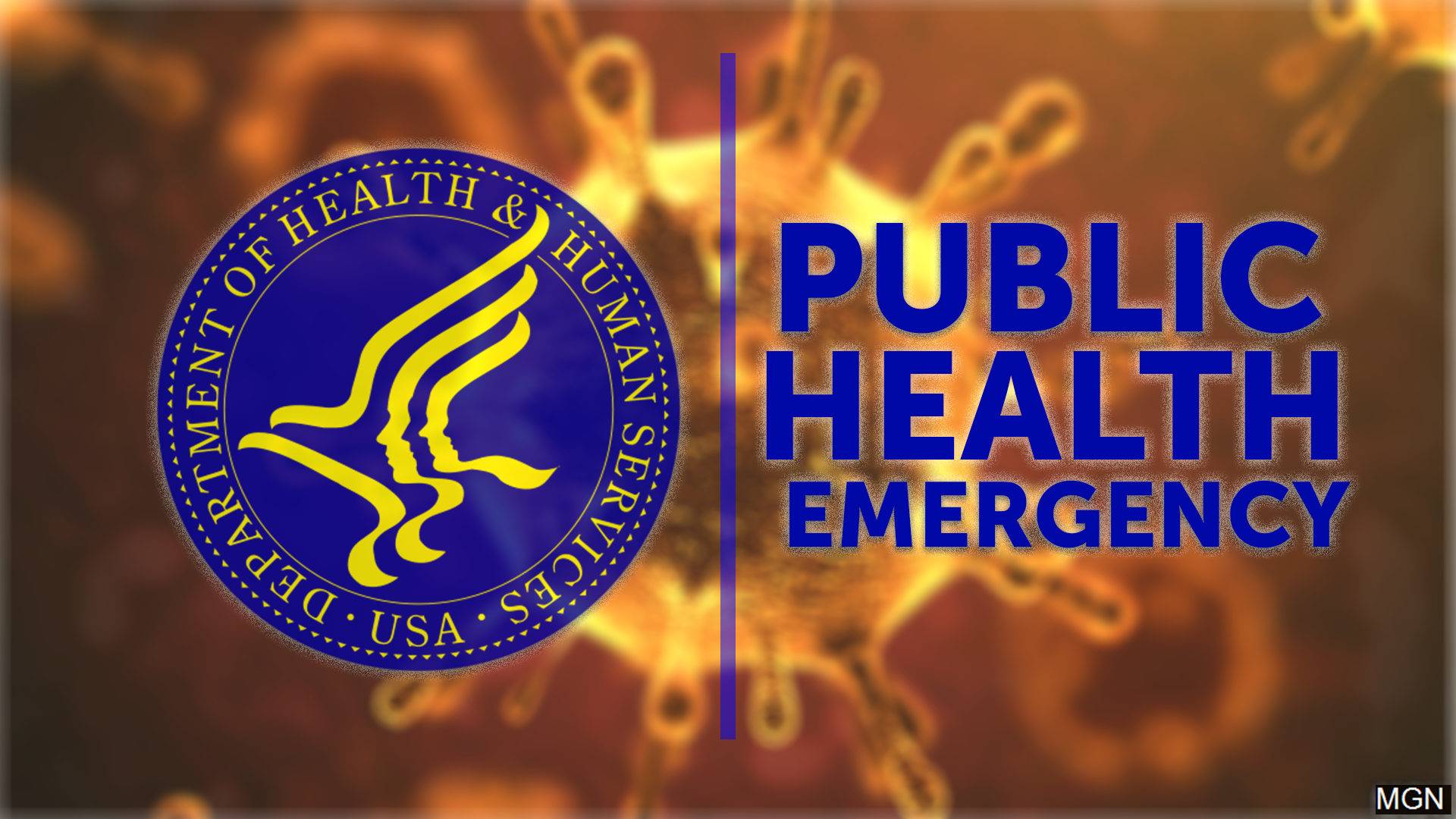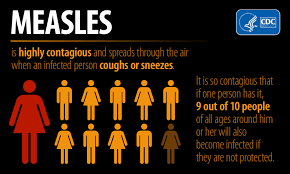Each March the US decides what the formulation should be for the next season’s influenza vaccine. For decades the process has been to have experts from the FDA’s Vaccines and Related Biological Products Advisory Committee (VRBPAC) analyze global surveillance in the northern and southern hemispheres and make a formula recommendation to the FDA Commissioner – with the goal of having a vaccine targeting the most likely strains that’ll be the most likely to circulate in the northern hemisphere the following fall.
Not this year. RFK Jr used his authority as HHS Secretary to cancel the March 13 VRBPAC meeting and told his FDA Commissioner to decide on their own what the 2025-2026 influenza vaccine formula should be – without expert review from VRBPAC.
Ironically, Acting FDA Commissioner Dr. Sara Brenner decided to just go with what the WHO is recommending – despite the president’s intent to withdraw from the WHO, stop paying dues… and his disparaging comments about the organization.
This fall’s formula will be trivalent, having two influenza A subtype viruses (H1N1 and H3N2) and one influenza B virus:
- Influenza A(H1N1)pdm09-like virus: an A/Victoria/4897/2022 (H1N1)pdm09-like virus.
- Influenza A(H3N2)-like virus: an A/Croatia/10136RV/2023 (H3N2)-like virus.
- Influenza B (Victoria lineage)-like virus: a B/Austria/1359417/2021 (B/Victoria lineage)-like virus.








